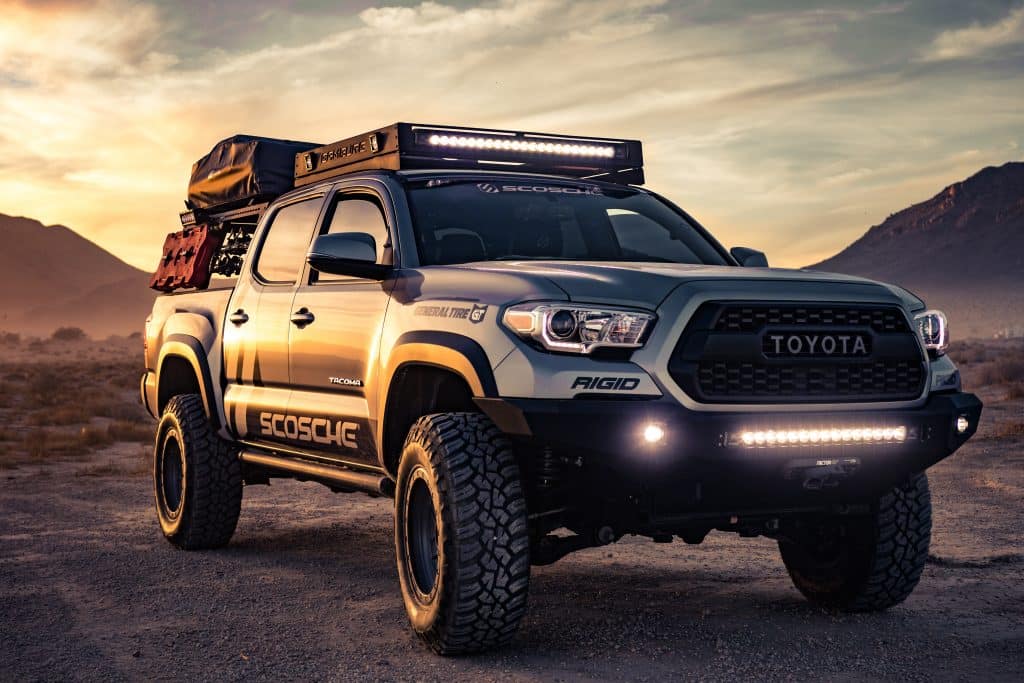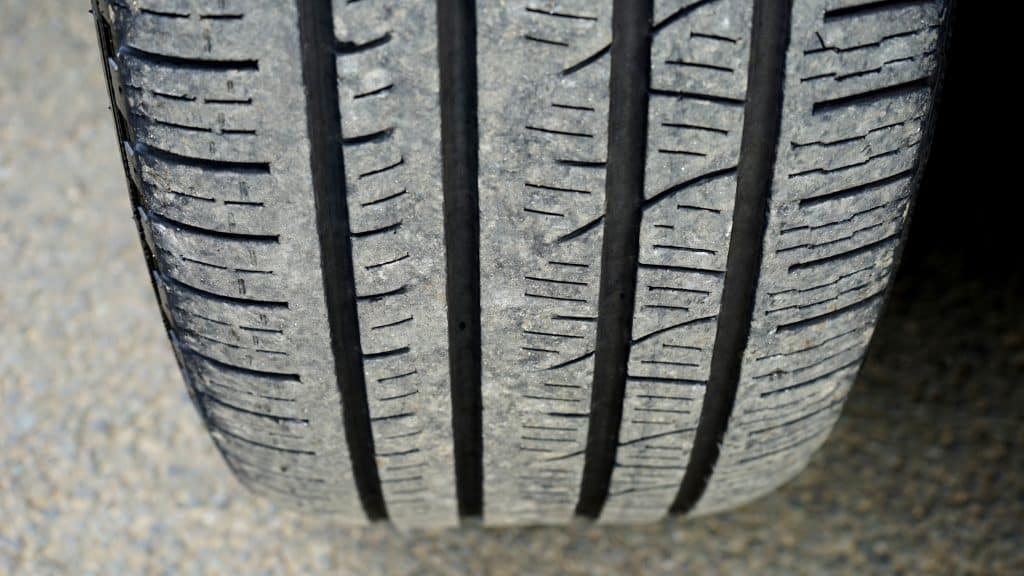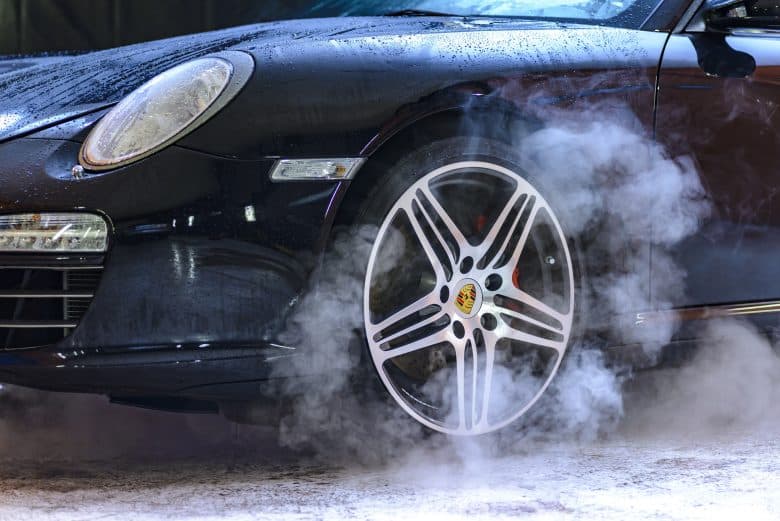Buying new tyres can be a daunting prospect due to the sheer number of options that are available.
You know it’s time to change your tires if the tread depth drops below 1.6mm, which is the minimum legal depth in the UK.
According to the Royal Society for the Prevention of Accidents, 17 people were killed and 116 were seriously injured in road traffic accidents in 2018 where illegal, defective or under-inflated tires were deemed to be a contributory factor to the incident.
It’s important to closely monitor the condition of your tyres. If you think you’re in need of a new set, this handy guide should help you understand exactly what you need.
Getting the right size
Not sure what size tyres your car needs? No problem – it’s easy to find out.
On the sidewall of your tyre you should see a group of numbers like ‘225/55 R16 91V’. This tells you everything you need to know. Here’s what it all means:

- 225 – this is the width of your tyre in millimetres.
- 55 – this is the profile, sometime referred to as aspect ratio. It is the height of your sidewall expressed as a percentage of the tyre width.
- R – confirms this is a radial tyre, which most modern options are.
- 16 – the size of the wheel rim (in inches) that the tyre can be fitted to.
- 91 – this is the load index and provides information on the maximum weight capability for the tyre.
- V – this is the speed rating, which tells you the maximum speed of the tyres.
When you come to purchase tyres you may see other labels which provide information on fuel economy, wet grip and noise.
Different tire ranges
Know what size you’re looking for? Great – now you can decide what price range you want to go for.
Tyres are typically separated into three categories: budget, mid-range and premium.
- Budget tires can be the most cost-effective solution when looking for good tyres at lower price levels.
- Mid-range tyres provide a greater balance between price and technology, with many premium manufactures offering mid-range options.
- Premium tyres use the latest technology and offer greater noise reduction and improved traction. They can also have better fuel economy and reduced stopping distances.
It’s a good idea to change all your tyres simultaneously when the time comes, because mismatched sets can suffer from uneven wear that reduces your control over the vehicle.

Different types of tires
Some brands offer tyres specifically designed for a particular season. There are:
- Summer tyres – engineered to work at optimum levels in warm temperatures, offering advantages like improved agility, braking capabilities and less noise.
- Winter tyres – these excel in colder conditions. In-built sipes help prevent aquaplaning and a deeper tread pattern offers improved grip and handling, particularly in snow.
- All-season tyres – more expensive than summer or winter options, these are designed to offer the benefits of both all year round. They can be more practical, convenient and cost-effective.
Armed with this information, you should be in a great position to pick the right tyres for you and your car.












Leave a Reply